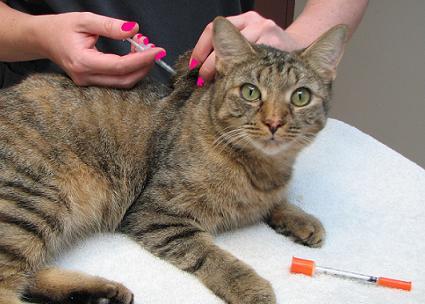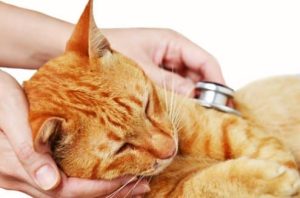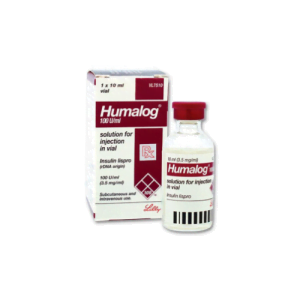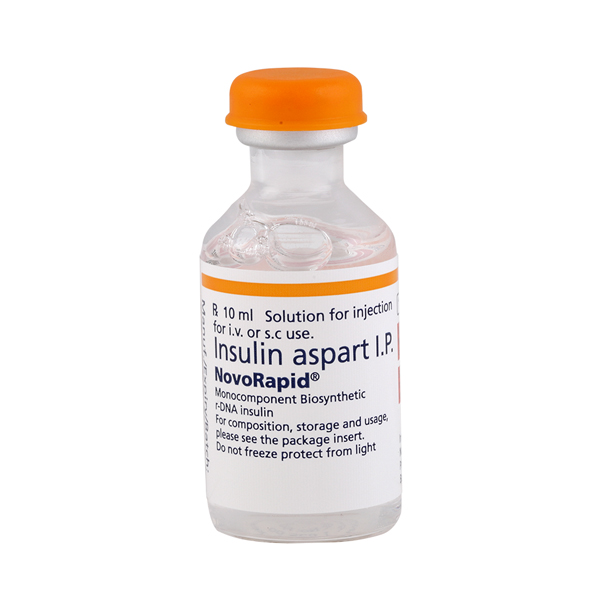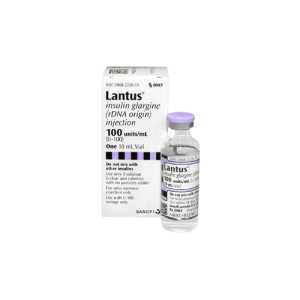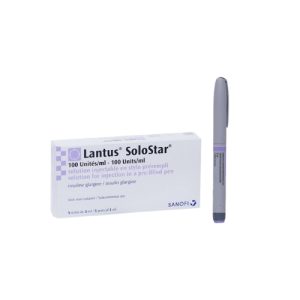There are a growing number of cats which are diagnosed with diabetes mellitus every year. Diabetes mellitus refers to a condition where the body cannot produce enough insulin to control blood sugar levels. As a result, there is a build up of sugar in the blood. If left untreated, high blood sugar can lead to health complications such as severe depression, weight loss, vomiting, dehydration, coma or even death. In case your cat has been diagnosed with diabetes, it can be treated with an insulin therapy. With a proper diet program and the right insulin therapy, your cat can go into remission or have their condition reversed. Diabetes in cats can be transient. That means after a period of insulin injection and proper diet, the cat’s pancreas can regain its ability to secrete insulin on their own. Diabetes is usually more common in male cats and research show that with an effective treatment program, they have a better chance of reversing their condition. This is likely to happen after your cat has been diagnosed with diabetes and began treatment. However, it can still happen even years after diagnosis.
Feline insulin
There are a variety of insulin available today which can be used for treatment of animals and humans. However, the difference in the structure of insulin produced by cats compared to humans, means that not all insulins used by humans can work effectively with cats. Hence, we have insulin for cats that are specifically designed to treat cats. There is nothing like the “best” insulin for cats. However, there are some types of insulin that are preferred to treat diabetic cats compared to others. One of them is glargine, which is usually very effective in treating diabetic cats. Insulin glargine refers to a long acting insulin which is used to treat type 1 and type 2 diabetes. That means after injection, this medication starts to work hours later and the effects can last up to 24 hours. This medication is used to improve high blood sugar levels in cats that cannot produce insulin or use it properly.
With the right diet, insulin glargine can induce remission in cats, meaning that they will not require insulin therapy anymore. Insulin injection can be taken once or twice every day. However, if insulin glargine is administered once every day, it is unlikely to induce remission in cats or properly control high blood sugar levels. Insulin glargine may be expensive compared to other insulin for cats, but is worth the money because of its ability to induce remission. Because your cat responds differently to insulin injections, your veterinarian may perform a blood sugar profile at specific times during the day. This will help them determine the appropriate treatment program and insulin dosage for your cat.
Types of insulin for cats
There are different types of insulin for cats that can be used to reduce high blood sugar levels. However, not all types of insulin for cats work the same. Your veterinarian may prescribe a specific brand depending on your cat’s specific condition. In case you feel that your cat is not responding to insulin therapy, you can talk to your veterinarian so that they can change the brand. Your veterinarian may also want to identify what could be causing insulin resistance in your pet. The following are some of the common types of feline insulin:
Protamine zinc insulin
PZI is a long acting insulin which is used to treat diabetes in middle aged cats. This injection is mostly given after meals, after every 12 hours.
Lente insulin
This is a man made insulin, which helps to control high blood glucose levels. As an intermediate acting insulin, lente insulin starts to work after one and a half hours. The peak is usually between 4 to 8 hours and can last up to 24 hours.
NPH
This is an intermediate acting insulin that is commonly given to cats with diabetes. NPH is given subcutaneously twice every day.
Vetsulin
This is another intermediate acting insulin which is administered subcutaneously to diabetic cats. The recommended dosage is 1 to 2 IUs that should be given twice every day.
In addition to using insulin medication, you may require to monitor your cat’s blood sugar level. This will ensure the right level of blood sugar is maintained in the long term. If you are not sure, it is important you consult with your veterinarian how you can monitor your cat’s blood sugar levels at home.
Dosage
Insulin for cats is usually given by injection once or twice every day. The dosage may vary depending on the severity of diabetes, dose, type of insulin injection used among other factors. It is important you give the injection at the same time every day, regardless of the type of insulin you are using. The insulin dosage for your diabetic cat may require to be changed as your cat ages. However, you should not increase or decrease the insulin dosage without consulting with your veterinarian. Your vet may need to adjust the dosage depending on test results, blood sugar profiles and how your cat responds to insulin therapy.
To avoid the risk of hypoglycemia, make sure the cat is fed before giving the insulin injection. It can be scary to give your pet an injection, but with practice, you will get used to it. The needle and injection pen are usually very small, meaning that there will be minimal discomfort to the cat. Also, make sure you use the right injection pen for each specific brand of insulin medication. In case you use the wrong injection pen, the cat can become severely overdosed or underdosed. If this happens, you should contact your veterinarian immediately.
Doctor’s Recommendation
Although not specifically qualified for animal care, similar principles apply to human physiology. Cats are obligate carnivores, meaning their diet should consist solely of meat, ideally non-processed. Meat contains no carbohydrates, making it easier to manage blood glucose levels and dose insulin accurately since gluconeogenesis is the primary factor in hyperglycemia. However, if a cat manages to consume something like a cookie, it’s important to monitor their glucose levels. If glucose is elevated, administer more insulin. If blood sugar is low, give dextrose tablets if the cat is conscious. If the cat is unconscious, administer glucagon and glucose IV (if trained; otherwise, seek emergency veterinary care). Note that a ketogenic diet is not as beneficial for cats as it is for humans, as fat tends to accumulate in the liver, and cats cannot use ketones for energy.
Disclaimer: Please note that the contents of this community article are strictly for informational purposes and should not be considered as medical advice. This article, and other community articles, are not written or reviewed for medical validity by Canadian Insulin or its staff. All views and opinions expressed by the contributing authors are not endorsed by Canadian Insulin. Always consult a medical professional for medical advice, diagnosis, and treatment.



